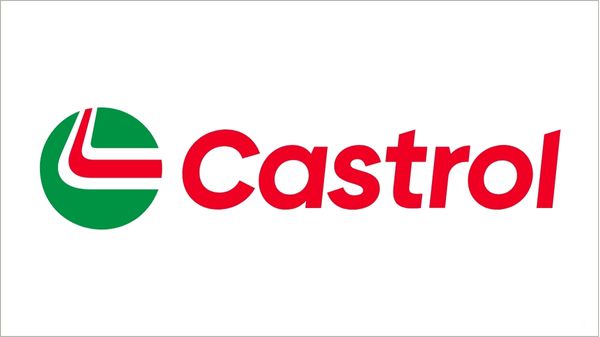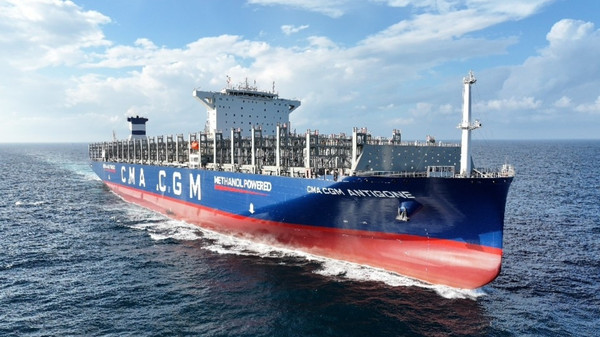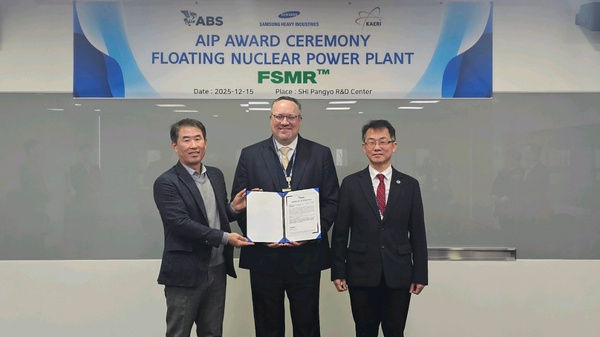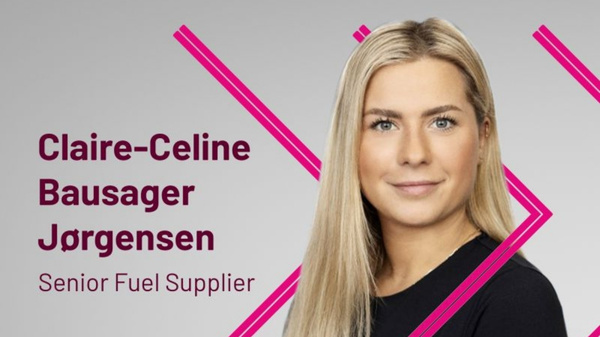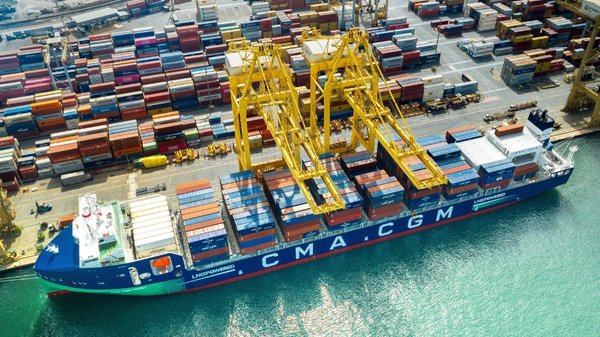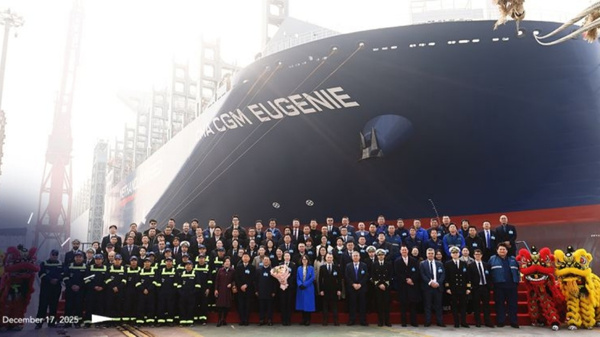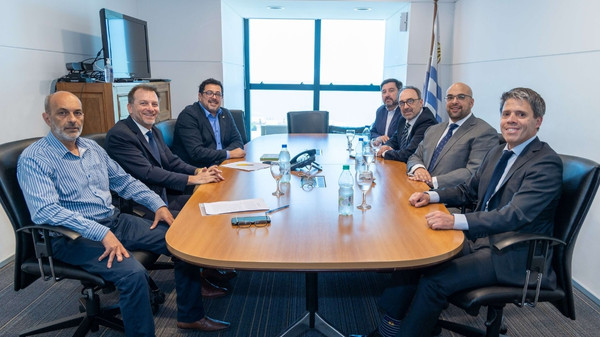K-Sea Transportation Partners L.P. posted a US$15.3 million decrease in net income for the first three months ended March 31, 2010.
The US barge operator recorded a net loss of $11.4 million, or $0.59 per share, compared to a net income of $3.9 million, or $0.18 per share, for the corresponding period in 2009.
The company said the decrease was primarily a result of a $14.2 million decrease in operating income.
K-Sea reported an operating loss of $5.3 million, a decrease of $14.2 million, compared to $8.9 million of operating income for the three months ended March 31, 2009.
Earnings before interest, taxes, depreciation and amortization (EBITDA) decreased by $13.3 million, or 59 percent, to $9.1 million for the first quarter of this year, compared to $22.4 million for the same period in 2009. The decrease in EBITDA resulted from a $17.3 million fall in revenue, net of voyage expenses, which was said to be due to fewer working days following the retirement of a majority of the company's single-hull vessels and an overall reduction in net utilization mainly relating to expiring contracts and having to employ vessels in the spot market.
Net utilization for the three months ended March 31, 2010 was also negatively affected by a significantly higher-than-normal drydocking quarter, in which K-Sea lost 320 working days (278 coastwise days) as compared to 193 shipyard days in the third quarter of fiscal 2009. This decrease was partially offset by a $3.4 million reduction in vessel operating expenses and a $0.8 million reduction in general and administrative expenses, said to be as a result of the company's cost reduction efforts.
For the nine months ended March 31, 2010, K-Sea posted a net loss of $20.8 million, or $1.10 per share, a decrease of $32.2 million compared to the net income of $11.4 million, or $0.52 per share, recorded during the corresponding period last year.
K-Sea said the decrease was a result of the $24.9 million decrease in EBITDA and a $6.2 million increase in depreciation and amortization expense resulting primarily from a $5.9 million asset impairment charge on its single-hull vessels and an additional $1.7 million asset impairment charge resulting from the anticipated sale of assets in the fiscal 2010 fourth quarter.
For the nine months ended March 31, 2010, K-Sea posted an operating loss of $5.3 million, compared to $28.2 million of operating income the previous year.
EBITDA decreased by $24.9 million, or 37 percent, to $43.2 million for the nine months ended March 31, 2010, compared to $68.1 million in 2009.
The decrease in EBITDA was said to be due to a $36.6 million decrease in revenue, net of voyage expenses, attributable to fewer working days due to the retirement of a majority of its single-hull vessels and an overall reduction in net utilization directly relating to expiring contracts and having to employ vessels in the spot market. This decrease was partially offset by an $8.2 million reduction in vessel operating expenses and a $2.6 million reduction in general and administrative expenses.
Commenting on the results, President and CEO
Timothy J. Casey said, "The decline in U.S. refinery utilization we reported in our late-January press release continued through February. As a result, our third fiscal quarter vessel utilization fell to 71%, a level not seen by us in 20 years, and versus 80% in the immediately preceding quarter and 84% in the comparable quarter last year. With a significantly high drydocking quarter and the fact that our third fiscal quarter generally experiences a winter slowdown in the Alaskan and Great Lakes markets, the impact on our EBITDA was exacerbated.
"Utilization of U.S. refinery operable capacity appears to have hit a near-term bottom of 77.7% at the end of January, and has rebounded to over 85% in the most recently reported week. Average refinery utilization in March was 81.3%, and our vessel utilization and operating results in March experienced a noticeable improvement from January and February.
"We continue to believe our high quality fleet and service capability will benefit K-Sea meaningfully as the refined petroleum products markets strengthen. As we stated in January, we have continued to reduce costs, streamline operations, rationalize assets, and use available capacity to enter adjacent markets, and we are achieving tangible progress on all fronts. We have reached agreements in principle to sell several assets and are in various stages of negotiation on several additional asset sales. We are working through the unfortunate confluence of a severe drop in demand at a time when vessel capacity is coming off a peak caused by a combination of new, double-hull deliveries and the slow phase-out of single-hull equipment. As we have mentioned several times over the past six months, single-hull vessels are all but economically obsolete and we believe should be eliminated from the market by the end of 2011, regardless of their mandated retirement age. As demand for our services rebounds, albeit slowly initially, and the amount of available industry vessel capacity comes into balance, a more normal and profitable operating environment should prevail. We foresee this taking place over the next 12-18 months."
K-Sea said that while is expects to pay all future debt and lease obligations when due, it also added that it expects that it will not be in compliance with all its financial covenants in certain of these agreements as of the end of its current fiscal year ending June 30, 2010 and has commenced discussions towards amending these covenants.

